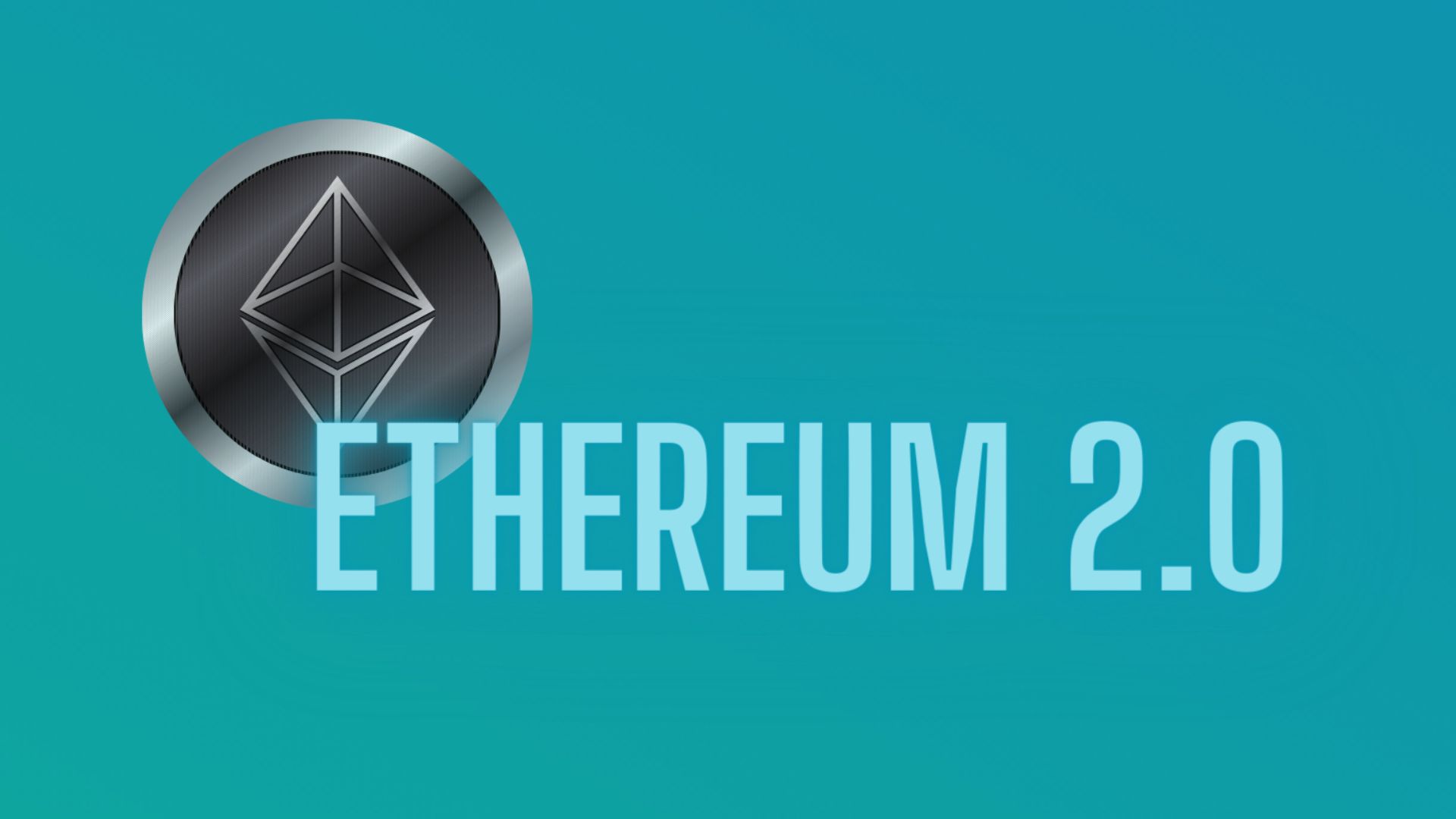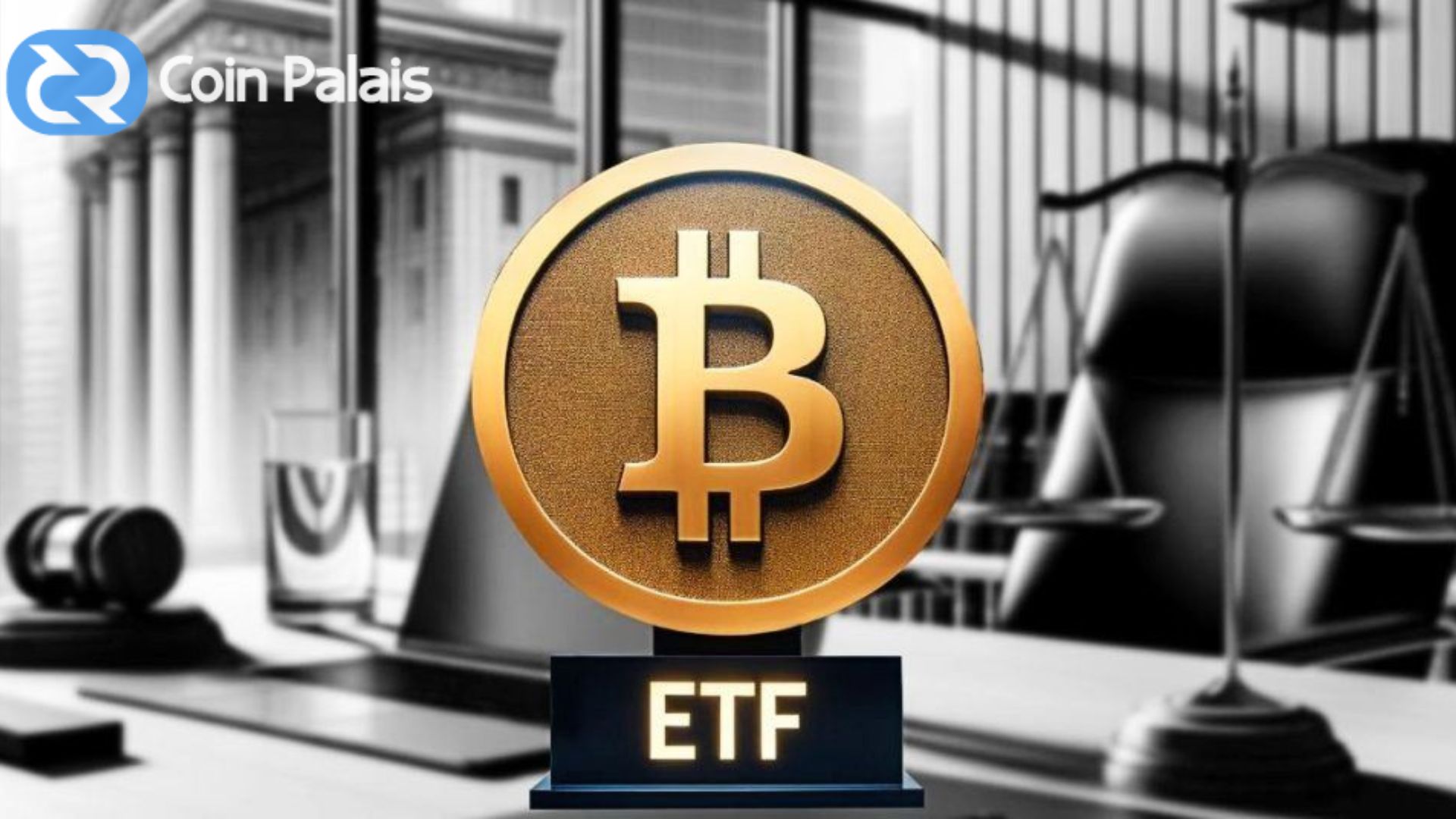What Is Ethereum 2.0? A Complete Guide

What Is Ethereum 2.0? A Complete Guide. It seems like everywhere you look these days, you may find an Ethereum killer. It can seem like every month, protocol knights clad in properly programmed armour slay the Ethereum dragon of cyberspace. Thinkers who believe Ethereum’s dominance will end because of the platform’s high gas prices and low transaction throughput highlight the groundbreaking features of the blockchain system.
Already, the Ethereum blockchain has thousands of projects built upon it. We should not be surprised if Ethereum isn’t the blockchain of choice for creating decentralized apps in the future. The largest NFT marketplace, OpenSea, and the most popular decentralized exchange, Unswap, are both part of Ethereum’s rapidly growing ecosystem.
With the release of Ethereum 2.0, sometimes called Ethereum Serenity, many hope the Ethereum project will achieve even greater success. Ethereum backers are keeping their fingers crossed that it will fix all of the platform’s issues when it launches in 2022. Due to the 2022 release schedule, Ethereum advocates are concerned that other blockchain projects will surpass them. Only time will tell if Ethereum’s first-mover advantage remains intact, but if it does, it will continue to be the second-best cryptocurrency globally (based on market capitalization). Let’s take a brief look at the benefits that Ethereum 2.0 offers for now.
What is Ethereum 2.0?

Ethereum Serenity, or Ethereum 2.0, is not an alternative cryptocurrency. A better way to think of ETH 2.0 is as an upgrade to the Ethereum network. Sustainability, scalability, and usability are three significant issues with blockchain technology that this update resolves. Ethereum may face competition from other prominent projects for the title of second-largest cryptocurrency if it fails to resolve numerous flaws, notwithstanding its remarkable market valuation this year.
Enhanced scalability, lower network prices, and faster transactions per second are all promises of newer protocols. Due to the lengthy development time required for blockchains, newer technologies often outperform older ones. This is because older technologies need improvements to remain competitive. The same holds for Ethereum.
Usability
Gas fees, or highly high transaction prices, result from Ethereum’s current, unimproved status. The energy needed to validate and settle transactions on the Ethereum blockchain is funded by gas fees. When there are too many transactions for the network to handle, the fees become pretty high. When using decentralized applications, executing a primary transaction may cost $200 on busy days. Crypto whales with millions of ETH in decentralized finance (DeFi) apps might think this is easy. For the ordinary person with a 9 to 5 job, spending over $200 to transfer an adorable digital monster NFT from a video game isn’t very enticing.
This has made it harder for average users to use Ethereum apps like Uniswap, which allows users to trade cryptocurrency, or CryptoKitties, which will enable users to buy virtual cats. The average person would find less value in blockchain technology due to the high entry hurdle.
Scalability

Typical Bitcoin users don’t even bat an eye when these gas costs—say, USD 0.25 instead of USD 200, an 80-fold increase—are considered. Despite this, the unupgraded version of Ethereum can only process 15 transactions per second (tps), while Visa processes over 1,700 tps, making it over a hundred times faster. Although Ethereum’s transaction speed is three times quicker than Bitcoin’s 5tps, conventional financial instruments like Visa have much slower transaction times. If decentralized apps want to become mainstream, they must meet or beat these speeds. Due to its sluggish transaction speeds, ETH can’t now take on traditional banks.
It appears that implementing blockchain technology is happening at a considerably faster rate than dealing with Know-Your-Customer inquiries and other banking regulations. To receive cryptocurrency payments, input your wallet address. No additional actions are required to wire even the oldest cryptocurrency, Bitcoin. On the other hand, the decentralized world will attract even more attention as a potential funding source if the scaling solutions are implemented.
Sustainability
Numerous news outlets have aimed at Proof-of-Work consensus processes, arguing that they pose an environmental threat and cannot be sustained. The environmental impact of cryptocurrencies is lower than what these articles claim. The creation of a decentralized, more sustainable ecology, though, will be favored by many. The Proof-of-Stake protocol solves this problem by replacing mining with validator nodes. Due to the high power consumption required for Proof-of-Work block mining, implementing validator nodes to validate blocks will significantly reduce energy consumption, allowing for the implementation of sustainability measures.
The global user base of Serenity, or ETH 2.0, will benefit from its usability, scalability, and sustainability features if the project succeeds. Consequently, DeFi applications such as Ave and Compound will be easier to run. If a single transaction using decentralized financial instruments costs one hundred dollars, then very few individuals will embrace decentralized protocols as a viable alternative to conventional banking. If it’s expensive to sell even one item of digital property or artwork, then the widespread use of all that digital property becomes questionable. Ethereum 2.0 should restate these fears and allow its sizeable worldwide user base to keep using it without disruptions.
Ethereum 2.0 Solutions
Claiming to provide next-gen blockchain solutions, Ethereum 2.0 promises to fix these problems. To handle the scalability problem, we will employ an alternate consensus mechanism or a way for computers in a network to reach a consensus. If Ethereum is to be used by machines worldwide, it needs a way to interact with other computers. To validate blocks or data sets, the Ethereum consensus mechanism, known as Proof-of-Work, depends on mining. For many of them, Proof-of-Stake attempts to fix a specific problem.
How Does Proof-of-Stake Work?

Instead of mining, which needs a lot of electricity, stake employs nodes to verify transactions for network security. One validator node per ETH token replaces mining. Block-building nodes will be randomly selected from network computers—cryptocurrency stores data in digital ledgers. Traditional Ethereum and legacy coin block mining requires many resources. Wealthy people profit enormously. A strong CPU or graphics card is needed to stake Ethereum and run validator nodes. Thus, a single-person mining validator node with a regular setup has the same odds as a large corporation with many nodes and resources, unlike mining, where processing power increases block probability.
Validators get equal block rewards. Each of a corporation’s 100 validator nodes has the reward potential of an average computer node. Because rewards are random. Does 100 awards boost the company’s chances of winning regardless of rig power?
Most likely, it is a 51% attack or network takeover. Few incentives exist because the network’s value would diminish. Imagine controlling Ethereum with several hundred billion dollars. Taking over the internet and eroding consumers’ trust would lose hundreds of millions, if not a billion, users. I prefer Proof-of-Stake to Proof-of-Work. Youth is a significant critique of Proof-of-Stake. This cannot be guaranteed. It may replace Proof-of-Work. The largest decentralized app platform is Ethereum. Implementation simplifies Aave and Compound DeFi apps. If decentralized financial tools cost $100 per transaction, few will use them instead of traditional finance. If selling a single art or digital property is expensive, one can doubt its broad use. Ethereum Serenity fixes these issues.
Ethereum’s money, brains, followers, and developers will remain dominant blockchain participants for decades. Ethereum Serenity, or Ethereum 2.0, will determine whether Ethereum retains its use dominance over competitors.
The Beacon Chain
In addition to its eventual role as controller of the ETH network, the Beacon Chain is responsible for introducing Proof-of-Stake into the network. With its help, shard chains will be born, allowing the network to grow and transaction speeds to skyrocket. The Beacon Chain lays the groundwork for a more secure, scalable, and dependable Ethereum. Its job is to ensure that Ethereum, the main net, switches to the Proof-of-Stake protocol. Ethereum 2.0 is built upon Phase 0, often known as the Beacon Chain.
The Merge
To construct a better Ethereum, proof-of-stake using the Beacon chain will join forces with the leading Ethereum network. Along with Proof-of-Stake, Proof-of-Work keeps the ETH network secure. At The Merge, they will become inseparable, setting the stage for what may be an epic film. To protect the network, mining will stop. According to Ethereum, there will be an endless shard chain, and the network will be able to scale indefinitely.
Shard Chains
The network load will be increased by the shard chains, which span 64 chains; however, following the merge, the number of nodes required will decrease due to the unlimited scalability enabled. “Sharding” is the technical term for a horizontal database split in computer science. The network load will be more manageable, with more transactions per second and less congestion in these new Ethereum chains or shards. There will be 100,000 tps, significantly more than Ethereum’s existing 10-15 tps. One iteration of the Shard Chain is data availability. Account management and intelligent contract execution are only two new features available to shards in Shard Chain Version 2: Code Execution.
Conclusion
For the creation of decentralized applications, ETH is the most popular platform. Once put into place, it will facilitate the operation of DeFi applications such as Aave and Compound. If a single transaction using decentralized financial instruments costs one hundred dollars, then very few individuals will embrace decentralized protocols as a viable alternative to conventional banking. If it’s expensive to sell even one item of digital property or artwork, then the widespread use of all that digital property becomes questionable. These concerns will be tackled with Ethereum Serenity.
Lastly, Ethereum is well-funded, has a lot of intelligent people working on it, and will likely be a significant player in the blockchain industry for years, if not decades, to come. If Ethereum wants to keep its dominant market share, it must pass the Ethereum Serenity (or 2.0) test.





